Snub nose revolvers are challenging to shoot well at first, but they don’t have to stay that way. Today we’re looking at some tips for shooting a snub nose better.
Details are in the video below, or scroll down to read the full transcript.
Hey everybody, I am Chris Baker from LuckyGunner.com. It’s been a while since we covered wheel guns, but this feels like it’s going to be a revolver kind of year. So to start out, I thought I’d share some tips for shooting small frame snub nose revolvers.
Challenges of the Snub Nose
Snubbies are among the most difficult guns to master. They are a devious combination of four traits, any one of which make a handgun challenging to shoot.
- Sights: they’re usually small and hard to see with a short sight radius.
- Recoil: Snubbies are designed to be as light and concealable as possible, and they’re often chambered for cartridges originally designed for full-size service revolvers
- Trigger: They tend to be heavy with a long travel
- Grip: They’re typically small with minimal surface area and that only amplifies all of the other three problems.
When we try to address these four issues, another challenge we run into is that there are not many one-size-fits-all solutions for the snub nose. You really have to tweak the gear and techniques depending on the individual, maybe even more so than with other types of handguns. Hand geometry is a major variable from person to person. And some people might value concealment over shootability or vice versa. So I’m going to give some very broad suggestions for hardware selection and shooting technique. But there are a lot of other valid ways to approach the snub nose.
Snub Nose Sights
Let’s look at the issue of sights first. The sights on most snubbies are garbage, and there’s really not a whole lot we can do about it. There are a few exceptions, but if you want a lightweight 2-inch snub nose, your sight options are generally between bad and worse.
Some models come with a pinned front so you can swap those out for a high-visibility aftermarket sight. Those are usually too tall to use a conventional sight picture. So I typically just use the factory front sight and add some bright orange nail polish.
There are plenty of types of paints and nail polish colors that work just fine. A lot of you guys have asked me what I use. For the last seven or eight years, I’ve been using this same bottle from the brand Salon Perfect. It’s nothing special – I got it at a drugstore or big box store or something. But it works really well. The key here is to apply a couple of base coats of white first. When you add the orange, the white will help it really pop.
The rear sight is usually the trench style notch cut into the topstrap. I don’t attempt to make any alterations if the gun has a black finish. For a stainless or silver finish, I will black out the rear sight. You can just use a Sharpie, but you’ll have to touch it up every couple of weeks. I like the Birchwood Casey Super Black touch up pens – the flat black version. That usually lasts for at least a few months.
Laser grips are another sight option to consider. I generally think of those as more of a supplement to the sights rather than a replacement. They’re a complete game-changer in low light and, depending on the model, somewhere between mediocre and useless in bright sunlight. If you can find laser grips that come in a shape and size that works well for you regardless of the laser, I would say they’re worth the expense. But definitely not a mandatory accessory.
Recoil Mitigation
Okay, how about recoil? This is a common complaint with the snub nose but it has a simple solution. Choose a gun and ammo combo with recoil you can manage easily. If you’re just merely tolerating the recoil, you’re never going to put in the range time necessary to shoot a snub nose well.
The heavier steel frame models will soak up more recoil. They’re definitely easier to shoot than the alloy or polymer lightweight guns. But for me, the main appeal of the snub nose is that you can get a super lightweight gun that’s much easier to draw and hang onto than a tiny pocket-sized semi-auto of the same weight. I think the weight of the gun should be based on your carry needs and then you choose a caliber and ammo that’s appropriate for a gun of that weight.
For the lightweight models, forget about .357 Magnum. That’s just absurd. Even .38 Special is a challenge in the lighter guns, so consider using lead wadcutter ammo. They’re not always easy to find, but wadcutters are among the softest shooting .38 loads available. Velocity and recoil vary a lot by manufacturer. The lower velocity loads are good for practice. The higher velocity options actually work well for self-defense.
Smaller calibers really turn these guns into something most shooters can master with a lot less effort. The Goldilocks option is the Ruger LCR in .327 Federal Magnum. Load it with six rounds of .32 H&R Magnum, or even .32 Long and you’ve got snub nose in easy mode. The catch is that ammo is somewhat obscure and usually costs a little more than the mainstream calibers.
For absolute minimal recoil, without the ammo availability issues, you’ve got several options in .22 Magnum and .22 Long Rifle. That bumps your capacity up to seven or eight rounds. The trade-off is that the triggers are a little heavier to help set off those rimfire primers.
Snub Nose Grip
That’s the easy stuff out of the way. The rest of this is all about grip and trigger press because that’s really at the heart of running a snubby well. We’d like to achieve multiple trigger presses in rapid succession without steering the muzzle off target. How do we do that with a small grip and a long heavy trigger?
We’ll start with the physical grips on the gun – the grip panels or stocks. One of the advantages of a snub nose is that you can change these. There are dozens of serviceable aftermarket options for the common revolver models. You’ve probably heard before that you need a grip that fits your hand. Grip fit is important for managing recoil and the trigger press. It’s not as critical with a soft recoiling gun with a light trigger. As recoil increases or the trigger gets heavier, you will need more pressure on the grip to control the gun and that requires a grip that fits your hands.
But let’s assume you chose a snub nose because you want to maximize concealment. You will have to balance concealability and grip size. I suggest you start with the shortest possible grip that still allows room for your pinky. You don’t need the whole pinky on there necessarily. This grip is about as short as they come and I can just barely wrap my pinky around the bottom corner here. But it’s enough to exert some pressure. I like to use my ring and little fingers to squeeze the grip into my palm. That helps to counteract some of the lateral pressure from my trigger press. If I can’t get my pinky on there, that’s a lot harder.
Grip circumference is just as important as length. That impacts trigger reach, which I’ll talk about in a second. But there’s more to it than that, and to be completely honest, it’s difficult to articulate. I find that a lot of snubby grips are not thick enough, especially in this area between the top of the backstrap and just behind the trigger guard. If that’s too narrow, the angle I get on the trigger is all wrong. I can’t find enough surface area to properly squeeze the grip. It just feels “off.”
There’s just no substitute for experience here. I know it can get expensive to buy a bunch of different aftermarket grips to try out. It might be worth it because that can make an enormous difference in how well you can control the gun. If you feel like the gun is squirming around in your hands as you press the trigger even when you’re doing dry reps, you might benefit from a different set of grips.
Of course grip technique makes a big difference too. But again, individual hand geometry means there’s no universal solution for everyone. You won’t find a ton of variation on the dominant hand placement. Just get the web of the hand nice and high on the backstrap.
For the support hand, I like to start with my index finger pressed up against the bottom of the trigger guard. Meaty part of the palm presses right into the nail of my middle finger. There’s usually not enough room for my palm to make direct contact with the grip. The thumbs can go anywhere there’s room for them. I tend to use the classic crossed thumbs and I tuck them in nice and tight. But I might do something a little different depending on what gun I’m shooting. The main thing is that I want to keep my thumbs out of the way of my trigger finger.
Trigger Manipulation
Now let’s look at the trigger press. I’m not going to get into the basics of double-action trigger manipulation. I’ve covered that elsewhere.
If there’s any nuance here that’s specific to shooting a snub nose, I think it’s trigger finger placement. Don’t get too wrapped up on whether you press the trigger with the pad or the crease, or even the middle segment of your finger. Use however much trigger finger you need in order to get enough leverage for that heavy trigger. Place your finger in a spot where the force you exert on the trigger is mostly straight back. I say “mostly” because it’s physically impossible to move your trigger finger straight back. Our fingers are a series of hinge joints and hinges move in arcs, not straight lines. So the face of the trigger may roll across your finger as you press and your grip will have to cancel out any of the side to side pressure.
With a snub nose, I tend to press with the crease and sometimes with a little of the middle segment. That might be somewhat unconventional, but it gets me the cleanest possible trigger press.
If the trigger reach is too long or too short, it can be very difficult to press straight back. I have long fingers, and snub nose grips tend to be too narrow for me, so the trigger reach is too short. If my trigger finger is at a right angle before I even start pressing the trigger, it can’t press back without pulling to the right. A thicker grip will have a longer trigger reach so my finger starts out at a wider angle and I can press straight back.
Now, having said all that, the number one thing you can do to improve your snub nose performance is dry practice. I’ll be the first to admit that dry practice can be super boring. However, there’s really no way around it in this case. If you want to have a decent double action trigger press, you have to put in some dry repetitions.
I hope you guys found some of this helpful. If so, please subscribe to our channel, and the next time you need ammo, be sure to get it from us with lightning fast shipping at LuckyGunner.com.
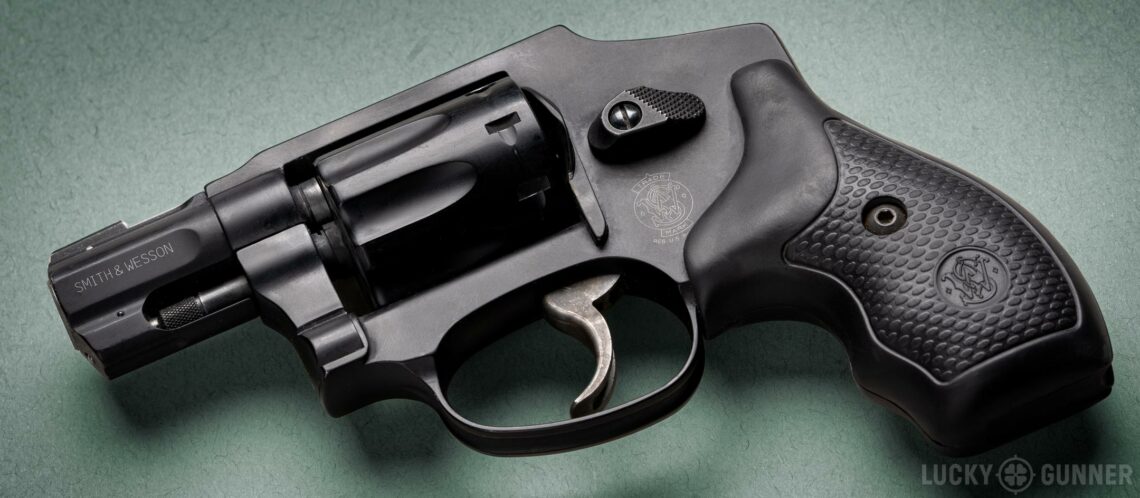

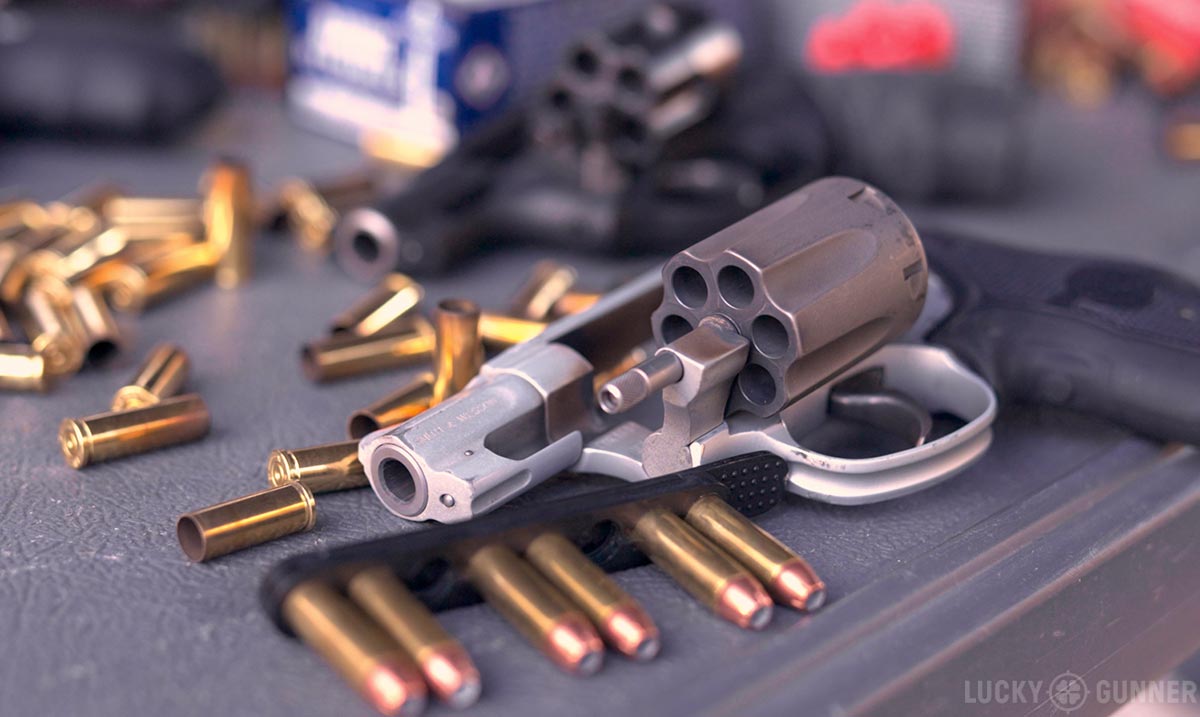
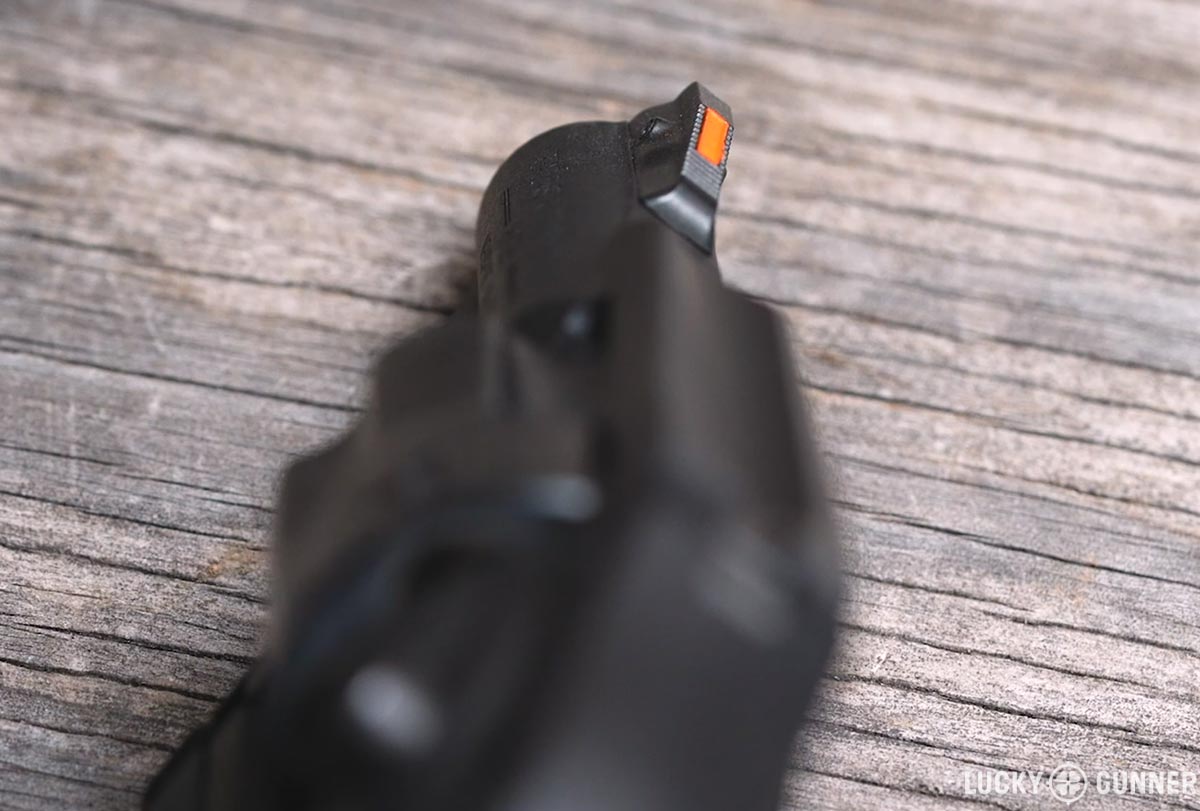
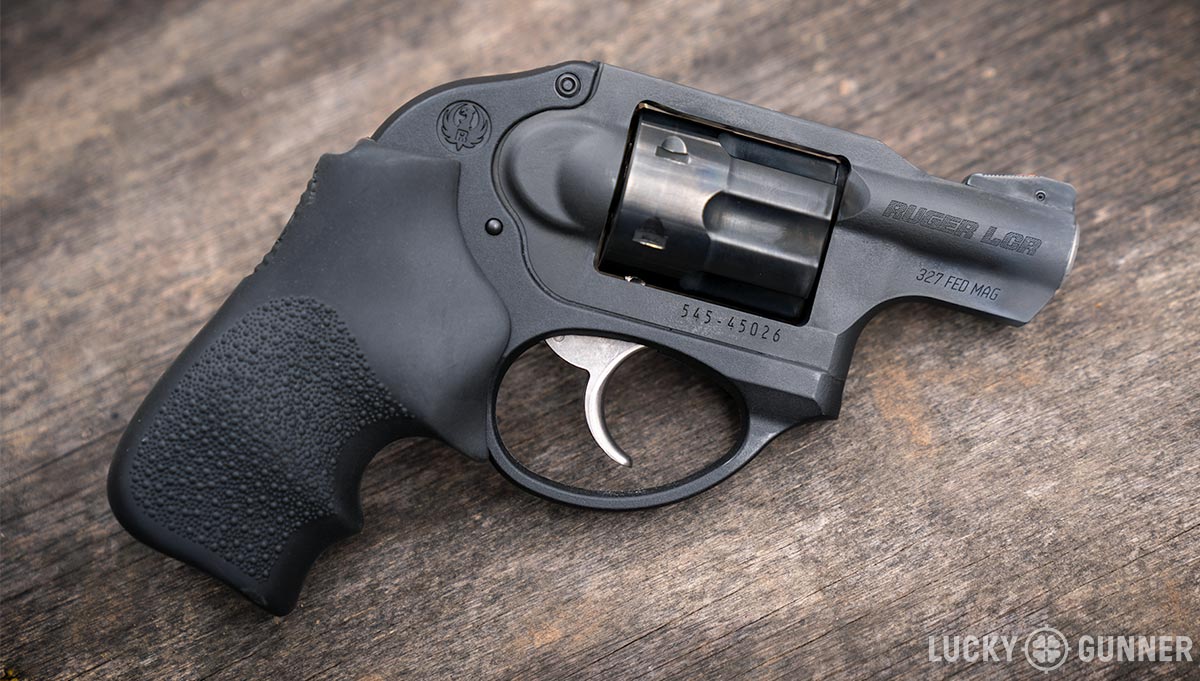
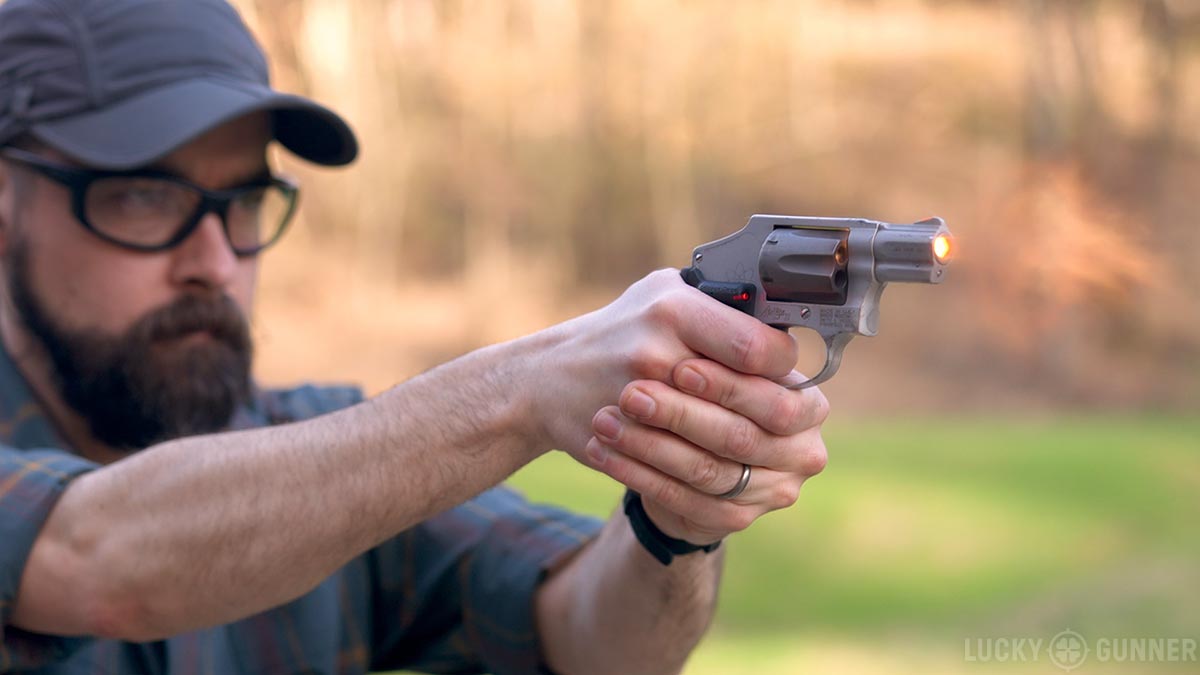
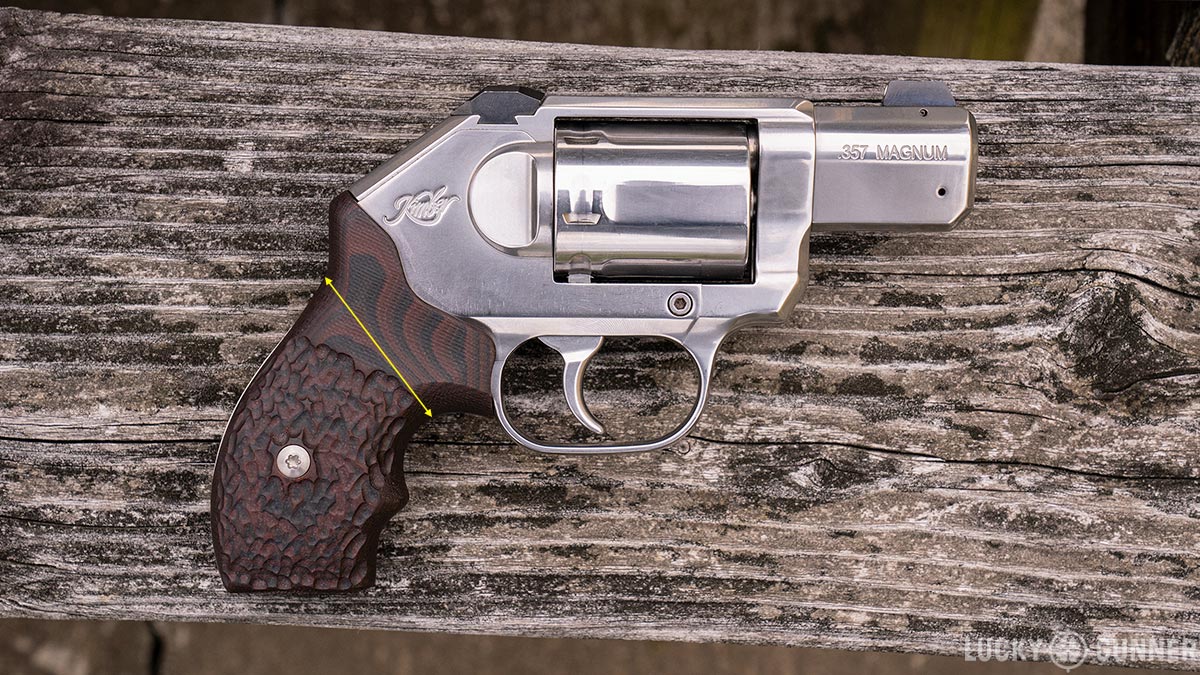
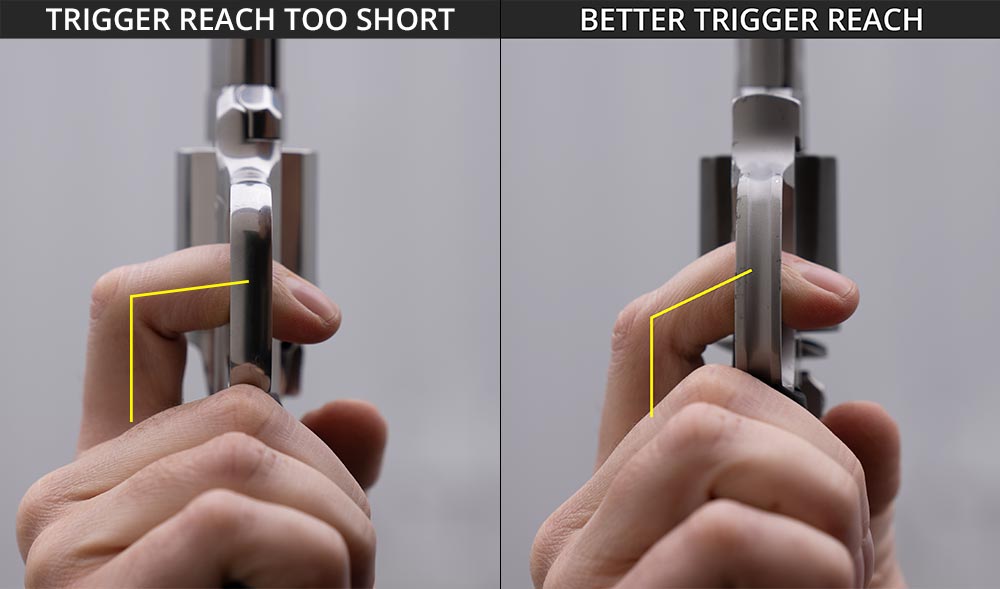
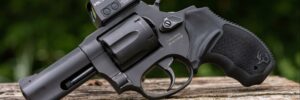
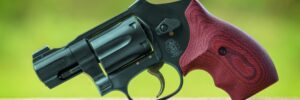
Excellent, EXCELLENT advice. I’ve carried snubbies of various calibers since 1978. Love ‘em. I’ve had to carry semi’s for a time due to department mandates but always had a snubbie handy somewhere. In retirement it’s the only thing I carry. Totally reliable. Sights suck, of course. Get used to what you have, but lasers DO help. Again, practice with them, too. Know how to use you iron sights AND your lasers. Dry-firing your trigger press is vital. Get to the point where you can release the hammer (“fire” the empty gun) without the front sight wavering. Best grips I’ve found are Crimson Trace lasers, or Hogue if you don’t want the laser. They’re a little bigger, but are a blessing if you have larger hands or are arthritic. The Eagle Secret Service grips are THE BEST for conceal-ability, but don’t work for my old, larger hands. Spend the money, try a few out. Nuff said. Out.